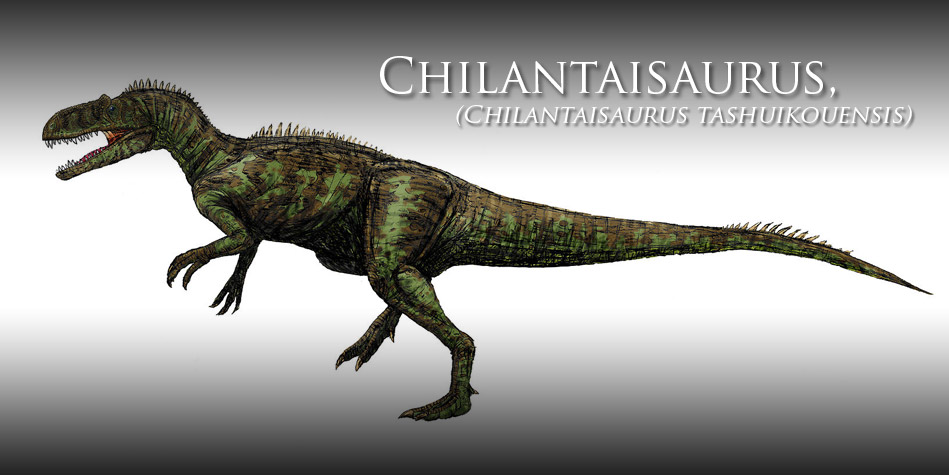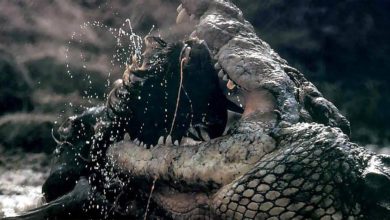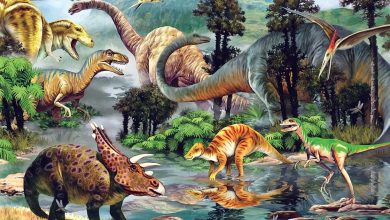Chilantaisaurus – one of the largest theropods
Chilantaisaurus (Chilantaisaurus tashuikouensis)
It was discovered quite recently, in 1964, however incontestable information about this dinosaur is like for a cure. A reason for that may be the fact that there aren’t many found Chilantaisaurus remains. Poor fossil material also makes the scientific classification of this theropod unclear, even today. It has been agreed that it belongs to the Allosauroidea superfamily, yet it took many years to achieve this conclusion. Over these years numerous theories, one more exotic than the other, were created to describe this Chinese dinosaur.
Classification
- Kingdom: Animalia
- Class: Reptilia
- Superorder: Dinosauria
- Order: Saurischia
- Suborder: Theropoda
- Superfamily: Allosauroidea
- Family: Neovenatoridae?
- Genus: Chilantaisaurus
- Species: Chilantaisaurus tashuikouensis
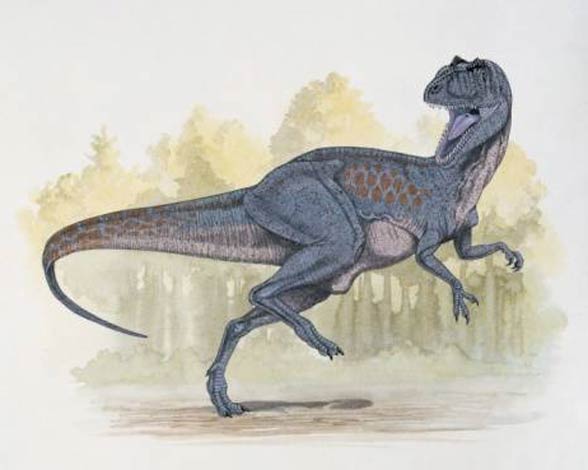
Dating and range
This theropod is said to have lived 122-99.6 million years ago (some studies claim it lived to 92 million years ago). Its remains were unearthed in the Ulansuhai geological formation, which dates back to Late Cretaceous. An incomplete skeleton was discovered in the Inner Mongolia Autonomous Region (South China).
Discovery
The fossilized Chilantaisaurus remains were found 60 km north of the salty Chilantai lake in Inner Mongolia. This theropod was discovered in the 1960s, and the found fossils included: teeth, calf bone, humerus, the first toe bone, hip bone, thighbone and shinbone. However some of the listed bones were lost in the process.
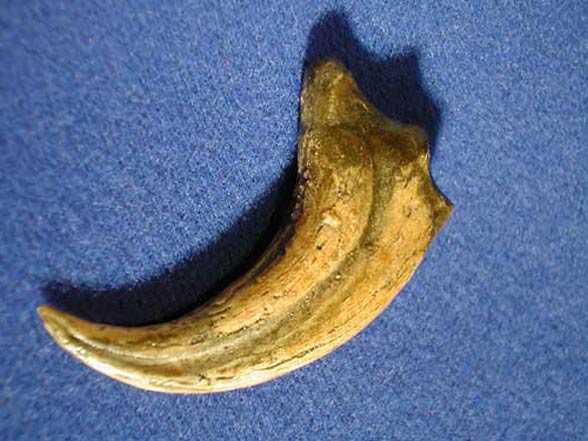
Characteristics
This dinosaur’s history was utterly complicated from the moment it was discovered. The reason for this was mainly poor fossil material, which made establishing trustworthy vital facts impossible. This theropod’s discoverer, Hu Show-Yung claimed the specimen is to be classified as an Allosaurus (Carnosauria clade to be exact). However some of the later studies suggest that the Chilantaisaurus could be a Spinosauridae – argumentation of such a theory points out the large claws at the forelimbs, which are typically considered Spinosauroids’ defining characteristic (they are often called Megalosauroids), including Baryonyx and Suchomimus.
Other studies indicate that the Chilantaisaurus could belong to stiff tail theropods (Tetanurae clade), having at the same time the characteristics of Allosauroids, Spinosauroids and Coelurosars.
The year 2009 brought new doubts as it was hard to eliminate the possibility of Chilantaisaurus being in fact another predatory dinosaur – Shaochilong, discovered in the same geological formation. Luckily it was quickly pointed out that there are substantial size differences between those dinosaurs. Hu made sure that his primary assumption was right after further analysis – Chilantaisaurus indeed belongs to the Allosauroidea superfamily.
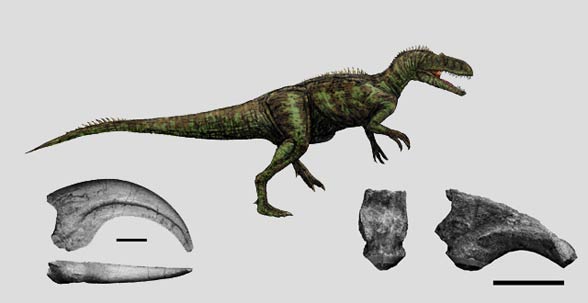
Other species?
There were attempts of describing several Chilantaisaurus species based on the very poor fossil material that has been acquired.
Chilantaisaurus sibiricus was described basing solely on the base of a metatarsal bone found in the Buryat Autonomous Soviet Socialist Republic (autonomous region in the USSR). The bone dates back to Late Cretaceous, yet its description was erroneous, so the relations of this bone’s owner to the type species (Chilantaisaurus tashuikouensis) are unclear.
In the year 2009 the species Chilantaisaurus maortuensis has been reclassified as Shaochilong maortuensis.
The bones that were assigned to the Chilantaisaurus zheziangensis species could in fact be a ‘reaper lizard’ (Therizinosauridae family) – Nanshiungosaurus.
Detailed characteristic/size
Chilantaisaurus, (Chilantaisaurus tashuikouensis)
- Body length: 11-13 m (36-43 ft)
- Weight: 2.5-4 tons (5,500-8,800 lb), presumably up to 6 tons (13,300 lb)
- Dating: 125-99.6 million years ago (according to some studies to 92 million years ago)
- Epoch: Late Cretaceous
- Stage: Turonian
- Areas of occurrence: Asia, Inner Mongolia, China

Chilantaisaurus – interesting facts
- The generic name combines the words Chilantai (a fonetic version of Mongolian Jilantai – the name of a salty lake, near which the dinosaur remains were found) and the Greek word sauros – ‘lizard’.
- The length of found thighbone, on which the size estimate was made, suggests that the Chilantaisaurus was one of the largest known theropods.
- Even in 2012 at least one paleontologist held on to the theory of Chilantaisaurus being a fish-eating Spinosauroid.
Images credit: unknown authors.

